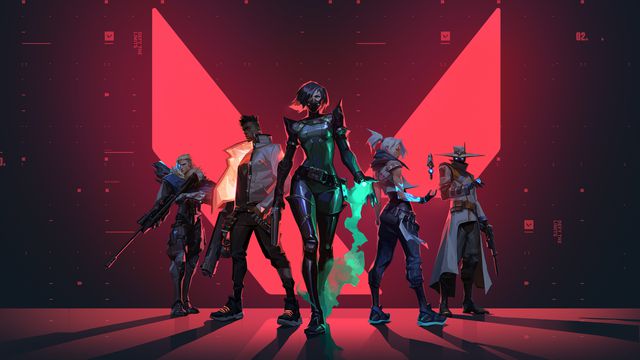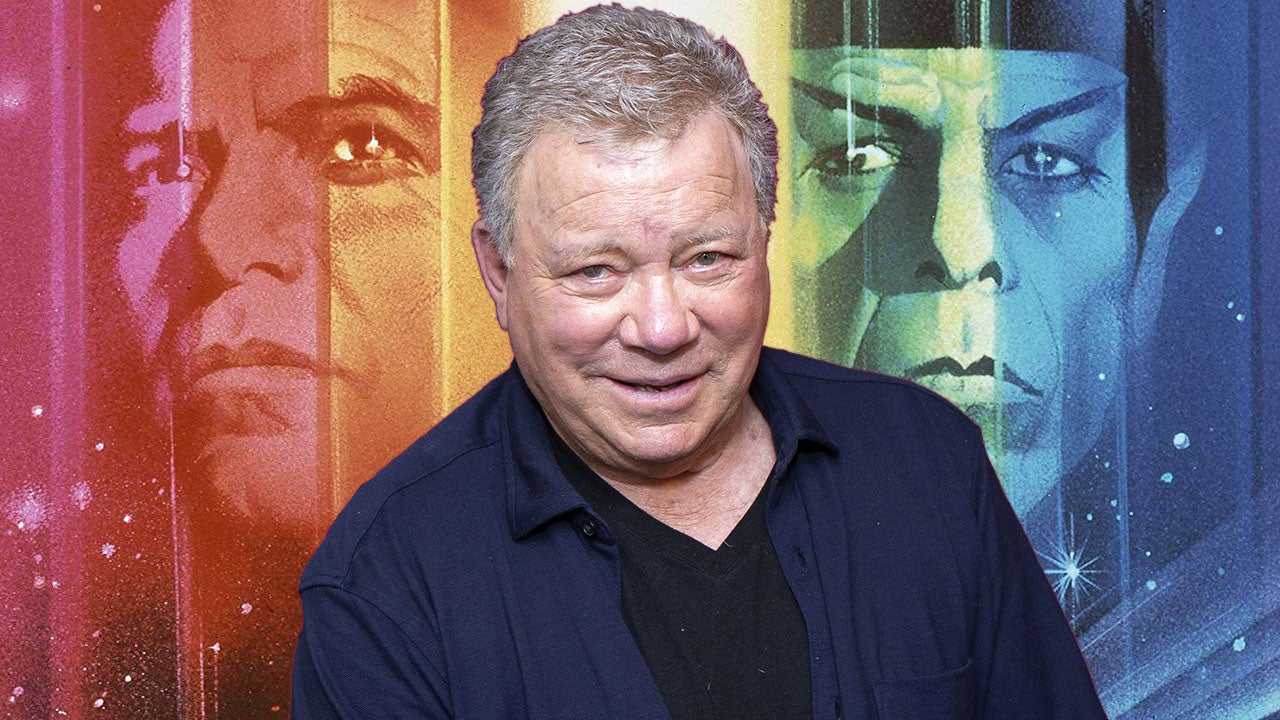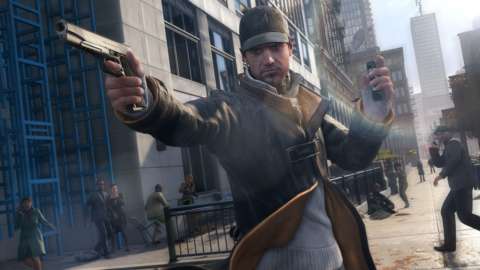When it comes to the blockbuster landscape of 2023, the name of the game is long-running franchises, legacy sequels and cinematic universes. Original blockbusters are rarer than ever, but it didn’t used to be this way. Only 10 years ago this week, on July 12, 2013, Warner Bros. and Legendary Entertainment released a $180 million movie about giant robots battling giant monsters that was a wholly original creation from director Guillermo del Toro and screenwriter Travis Beacham. While the film wasn’t the kind of massive billion-dollar success every studio wants these days, it is still the biggest earner of del Toro’s career and did make enough to warrant a sequel.
But beyond the mere financial side, with the benefit of hindsight Pacific Rim stands out as a watershed moment because it shows the kind of film Hollywood should have been chasing for the past decade: the auteur-driven genre project. What makes Pacific Rim such a standout to this day? Let’s take a look.
Pacific Rim: Slipping Through the Breach
The early-to-mid 2010s completely changed the landscape of blockbuster filmmaking with the one-two punch of The Avengers in 2012 and Star Wars: The Force Awakens in 2015, which codified, respectively, the cinematic universe boom and the legacy sequel trend. Both forms would become the dominant blockbuster molds for the foreseeable future. The “IP or nothing” stranglehold on big-budget cinema existed prior to this, but these two movies accelerated our current nostalgic pop culture fixation until it fully calcified. Not that we haven’t seen some great movies from the likes of the MCU, Star Wars or other major four-quadrant properties during this period, but it increasingly feels like a handful of established mega-franchises are the only thing that many studios are even interested in making these days.
Yet between those two pivotal releases, Pacific Rim was dropped into theaters in the summer of 2013, and it was the kind of breath of fresh air that would become far too infrequent in the coming years. In a summer movie season that included major franchise fare like Iron Man 3, Star Trek Into Darkness, Fast & Furious 6 and Man of Steel, Pacific Rim stood out from the pack by fulfilling all the obligations of a crowd-pleasing sci-fi blockbuster while also being an original property with an unmistakable directorial stamp. Anyone with even a passing familiarity with del Toro’s filmography would have little trouble recognizing it as one of his productions, and the way the film reflects the director’s idiosyncrasies is a huge part of what makes it such a bizarre and compelling feature.
Fueled by del Toro’s love of kaiju films, mecha anime and video games, Pacific Rim is the sum total of a mélange of narrative influences that the filmmaker synthesized to create something new, rather than a direct adaptation of any of those previous IPs. Not that there’s anything inherently wrong with adaptations or sequels, but there’s something to be said for the power of allowing the nostalgic whims of a creator with a personal vision to take center stage as opposed to the nostalgic whims of an audience who wants to see what they already know they like. Genre fare can’t fully thrive in a world made entirely of remixes, but after the last decade of big-budget films, it really feels like Pacific Rim was one of the last examples of fresh blood in the blockbuster space.
A New Weapon
Sheer novelty isn’t the only reason Pacific Rim endures as a worthwhile film a decade later; it’s also a weird but remarkably well-constructed movie, much like the gargantuan Jaegers at the center of the plot. Beyond mere entertainment value, it’s straightforward, doesn’t overstay its welcome, gives us just enough context about every character and the overall situation to be invested in what’s happening without belaboring any points, delivers on the action thrills it promises, features beautiful cinematography and a memorable musical score, and perhaps most importantly in this day and age, doesn’t shortchange its own narrative out of a misguided impulse to lay down groundwork for future sequels and spin-offs that may or may not happen.
That last one may sound obvious in a vacuum, but after debacles like Universal’s botched Dark Universe experiment, King Arthur: Legend of the Sword’s aborted attempt to launch a six-film franchise, the “A Star Wars Story'' spin-offs cratering after Solo, and the repeated stumbles of the DCEU, instant franchises can’t be taken for granted in our contemporary moment. Pacific Rim establishes its primary conflict and everything crucial about its world in the first few minutes: giant monsters called Kaiju are coming through a rift in dimensional space deep in the Pacific Ocean, they’re becoming stronger over time, and only giant mechs called Jaegers, of which there are only a few left, are all that stands between humanity and total extinction. It’s simple, it’s clean, and it’s wrapped up by the end with the sealing of the breach and the presumed end of the war.
Unlike so many recent movies that end on cliffhangers or post-credits scenes that never paid off, or that became lost while trying to incorporate as much mythology as it could from whatever source material it was drawing from, Pacific Rim is only ever concerned with what is directly in front of it. Indeed, after marinating in the current blockbuster space, it’s remarkable to go back to Pacific Rim and see how much of the conventional wisdom it rejects. All aspects of its world-building – from the downfall of the Jaeger program, the black market for Kaiju remains, the political strife between the United Nations and the Pan Pacific Defense Corps, the mechanics of drifting, and the reveal that the Kaiju are genetically engineered by alien colonists – are in service of the immediate story rather than a future one. In many ways, the “analog” Jaeger Gipsy Danger, used by the main characters to save the day, feels like a metaphor for the movie itself, an older but more reliable model of blockbuster that might be exactly what we need in these trying times.
Canceling the Apocalypse
The common criticisms of Pacific Rim are that its story and characters are thinly sketched, that it’s only concerned with spectacle, and that it’s “dumb,” however you want to measure that. Without any elaboration, such critiques miss the clear intent of del Toro’s approach to the film, and that was no less than to make, with Hollywood’s production muscle, a representative entry in the kaiju and mecha genres that would be typically relegated to lower-budget Japanese film and television. Its story and characters are archetypal by design, hearkening to broadly drawn good versus evil paradigms because those are the conventions of the genres it’s invoking. Pacific Rim muscles past its detractors by being committed to itself, with del Toro’s love for these types of stories ringing through every frame, and not a hint of shame for being exactly what it is.
Pacific Rim isn’t interested in outsmarting or being “better than” the material than inspired it, only in being effectively executed. The idea that it’s not concerned with its characters is also untrue, especially because outside of the prologue, the big Jaeger vs. Kaiju setpieces don’t start until an hour in. The movie spends quite a bit of screentime with its cast away from the big battle scenes, giving us crucial context about Raleigh Becket, Mako Mori and Stacker Pentecost, all of whom register as characters who would fit perfectly into a comic book or cartoon because that’s where so much of the genre spawned from. The same principle applies to the design work for the Jaegers, the Kaiju and the world at large. None of this is by accident, nor is del Toro’s conscious choice to mold the heroes after Western adventurer archetypes with titles like “marshal” and “ranger.” This was meant to distance them from the armed forces, which was a remarkable choice in a world where so many American blockbusters are accused of being thinly veiled military propaganda.
More than anything else, del Toro’s humanist approach to the film is what gives it so much staying power. Here is a story about the world being saved from destruction by an international group who are portrayed specifically as protector figures instead of soldiers, and who drive giant weapons literally powered by empathy. Hokey? Perhaps. But also achingly sincere, directed by a filmmaker who knows how best to translate anime and comic visual signifiers into cinematic language (his use of scale and lighting is simply to die for). Plus, he eschews the now common creative impulse to dilute heightened emotions in big movies in a salt bath of disaffected cynicism.
After so much time spent chasing models that worked for their original entries but have lost their luster in a sea of half-baked imitators, Hollywood would do well to take a step back and look at movies like Pacific Rim for inspiration. Cinematic universes and legacy sequels can’t hold up the blockbuster complex forever. But new IPs from talented filmmakers? If there’s anything that can stop the war clock, it’s those.
Carlos Morales writes novels, articles and Mass Effect essays. You can follow his fixations on Twitter.






